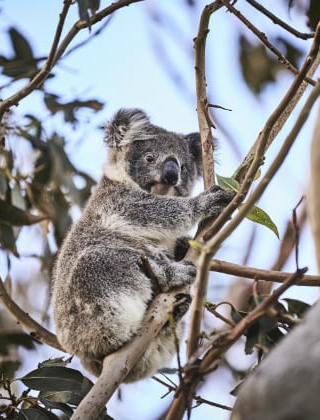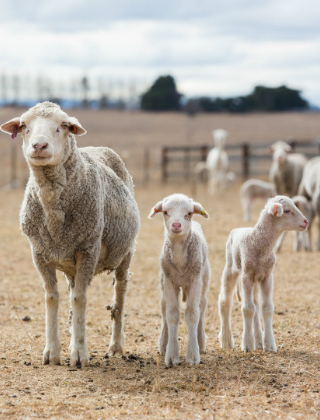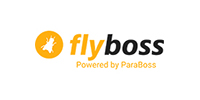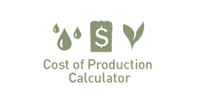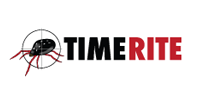Be ready for restocking
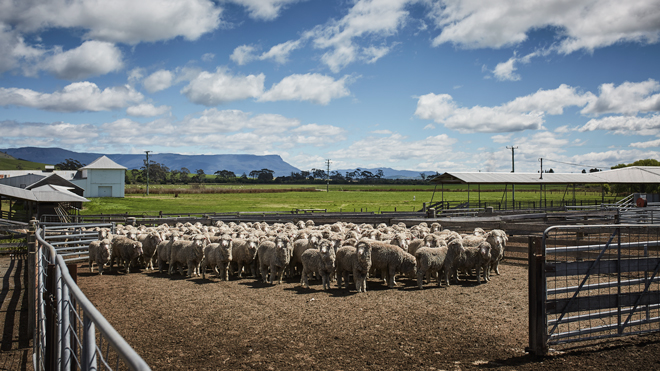
With better seasonal conditions across many wool-growing regions of Australia, there are several key points to remember if you’re considering bringing stock onto your property.
Insist on a Health Declaration from the vendor
The National Sheep Health Declaration (NSHD) is the most important disease risk management tool producers can use when buying or agisting sheep.
By insisting on an NSHD, buyers can assess the risk for ovine Johne’s disease and a range of other biosecurity issues, including footrot, lice, and ovine brucellosis. The NSHD includes vaccination and other treatment history, and features a series of ‘yes/no’ questions to enable buyers to quickly make informed decisions.
Besides maintaining overall flock health and productivity, having this knowledge before buying can save you time, money, and resources treating and managing outbreaks. Importantly, as a legal document that records the health status of the sheep at the time of sale, the NSHD can protect buyers and sellers in case of disputes after the transaction.
NSHDs are mandatory for all sheep movements into and within South Australia and for moving sheep into NSW and Tasmania. It is voluntary in other states.
Quarantine new sheep upon arrival
At the farm level, this involves placing newly introduced animals in a secure quarantine paddock to prevent the potential spread of pests or diseases to the rest of the flock. A general guideline is to maintain quarantine for at least three weeks, allowing time for any signs of illness to emerge. However, the duration may vary depending on the individual animals and the specific disease being monitored.
More information: www.farmbiosecurity.com.au
Key health risks to watch for
Ovine Johne’s disease (OJD): OJD is incurable and animals showing clinical signs, usually wasting in older sheep and sometimes diarrhoea, inevitably die. Key points to consider are:
- Know the signs and look out for mobs with a distinct ‘tail’.
- Know the high risk OJD areas and the original origin of your sheep.
- More information: www.animalhealthaustralia.com.au/about-jd
Worm drench resistance: The sheep you buy will likely be carrying worms. You do not want to buy in drench resistance with the sheep.
- Good quarantine and effective drenching is critical. A quarantine drench includes a combination of at least four unrelated actives with at least one of these being the newest drench actives (monepantel or derquantel).
- Hold sheep in the yards or in a secure, quarantine paddock after drenching to make sure all introduced worm eggs have passed through the gastrointestinal tract. This is especially important if your paddocks have a low worm burden (e.g. if they have been destocked for some time). If feasible, keep this quarantine paddock free of sheep and goats for three to six months.
- Use the NSHD to identify previous worm control practices.
- If you don’t intend to drench, try to graze the sheep on your most heavily infested paddock(s) to dilute the incoming worm population.
- More information: www.wormboss.com.au
Sheep lice: Up to 30% of purchased sheep will be carrying lice; sheep lice are most difficult to find when the sheep are up to two months off shears.
- At a minimum, good quarantine is essential to limit the spread of any problem. Treatment can then be considered at shearing. To be completely sure the sheep don't have lice, keep them separate for at least six months or until after the next shearing.
- Consider treating immediately, plus or minus shearing, but beware of chemical residues.
- Look for risk factors on the vendor’s property, such as regular trading, poor fences, or an inability to get a clean muster.
- When transporting woolly sheep, ensure the truck is cleaned beforehand.
- More information: www.liceboss.com.au
Purchasing pregnant ewes: It’s best not to truck heavily pregnant ewes as they are susceptible to pregnancy toxaemia.
- If unavoidable, load ewes lightly and offer food and water immediately on arrival.
- Remember the maximum time off water (24–48 hours) and spelling periods (12–36 hours) vary between classes of animals.
- More information: MLA’s Fit to Load resources
Footrot: Footrot can cause significant economic loss from reduced wool growth and quality, poor ewe fertility, poor growth rates, losses from flystrike, and reduced value of sale sheep. Control of the disease can also be very expensive. The NSHD contains important information to enable you to make an informed decision on footrot. Quarantine of sheep is a crucial biosecurity measure to prevent the spread of this infectious disease. If newly introduced animals are suspected of carrying footrot, they should be kept in isolation until after a period of warm, wet weather conditions that promote symptom development so the disease can be accurately identified.
Weeds and grasses: Keep an eye out for possible contamination of wool and skin with noxious weeds or grasses.
Feeding on arrival
If stock have travelled long distances and have been off feed for an extended period they will be hungry, thirsty, and their bodies’ chemicals might be depleted.
Provide plenty of hay: Fill the sheep with hay, or provide a paddock with suitable dry grass, so there is less room in their stomach for them to eat large quantities of toxic plants/rich green feed all at once. This gives the animals time to get over the trip and let the rumen adjust to the new feed. Sheep do most of their grazing in the morning, so to manage the risk of overindulgence, take them to their paddock in the afternoon.
Provide a welcome drink: Make sure to push sheep onto water so they can get a drink and know where it is. Do it twice to be sure and check them regularly.
Consider minerals: After a long trip, the body’s chemicals can be depleted, especially calcium. Having calcium, salt, and magnesium available in one tub per 100 sheep in the holding yards can be beneficial if they, especially pregnant ewes, have low levels.
Beware of:
Poisonous weeds: Don’t put them into a yard or holding paddock with large amounts of potentially poisonous weeds or plants that have accumulated high levels of nitrate. The high amounts of urine and faecal matter common in yards and holding paddocks can cause nitrate poisoning from plants.
Pulpy kidney: Rapid changes in feed or going on to large amounts of green feed can quickly cause pulpy kidney and sudden death. Consider vaccinating – you don't have to prevent many losses to make the benefit-cost ratio of vaccinating very obvious.
Other things to consider
Can you afford to restock? Be careful if you are buying stock on a high market. If you can’t afford to restock through buying stock, then there are other options to consider (agistment, lease, trading or breeding). Take the time to do your own calculations, and if unsure, seek help from a trusted advisor.
Do your research: Seek out local knowledge as to the sheep and the vendor’s property. If the sheep delivered differ from the description given, let your agent know ASAP. Question the vendor as to the origin of the sheep. Do not assume they are vendor bred or of the same bloodline.
National Livestock Identification System (NLIS): Keep a record of the property of origin of livestock and notify the NLIS database of relevant movements.
Properties declared Ceased Mulesed: If you are declared on the National Wool Declaration (NWD) as Ceased Mulesed at a property level, where no sheep on your property are mulesed (born or purchased), this will be impacted when purchasing and bringing mulesed sheep onto the property.
More information: June 2020 Beyond the Bale article: ‘Don’t be a basil fawlty! How to greet new arrivals to your property’: www.wool.com/new-arrivals
This article appeared in the Spring 2025 edition of AWI’s Beyond the Bale magazine that was published in September 2025. Reproduction of the article is encouraged.






